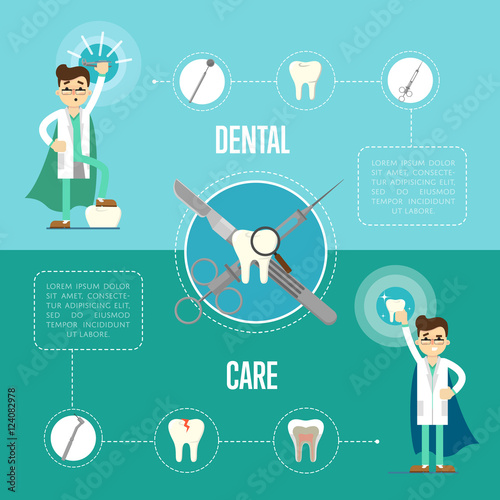Discover The Groundbreaking Developments Reinventing Oral Surgery. Explore The Future Of The Area And Remain Ahead Of The Game. Click Currently For A Look Right Into Tomorrow!
Discover The Groundbreaking Developments Reinventing Oral Surgery. Explore The Future Of The Area And Remain Ahead Of The Game. Click Currently For A Look Right Into Tomorrow!
Blog Article
Short Article Writer-Petersson Mccall
Invite to the world of oral surgery, where developments and advancements are shaping the future of the area! In this amazing world, you'll witness the transformative power of robotics, the sophisticated marvel of 3D printing, and the game-changing effect of minimally intrusive strategies.
The future of oral surgery holds a guarantee of accuracy, performance, and boosted client outcomes. With the help of advanced robotics, surgeons are able to perform intricate treatments with greater accuracy and control.
3D printing technology is changing the creation of oral implants and prosthetics, providing personalized services that fit flawlessly into each patient's unique anatomy.
In addition, minimally invasive methods are reducing post-operative discomfort and recovery time, allowing people to return to their day-to-days live sooner.
Prepare to explore the interesting innovations and breakthroughs that are improving the landscape of dental surgery!
Developments in Robotics
One significant advancement in oral surgery is the use of robotic innovation, which enables accurate and effective operations. With the help of robot systems, dental cosmetic surgeons have the ability to execute complicated surgical treatments with improved precision, reducing the threat of human error.
These robot systems are furnished with advanced imaging innovation and accurate tools that enable doctors to browse through intricate anatomical frameworks with ease. By making use of robotic modern technology, cosmetic surgeons can achieve higher medical accuracy, resulting in improved client outcomes and faster healing times.
Furthermore, making use of robotics in dental surgery enables minimally invasive treatments, lowering the trauma to bordering tissues and promoting faster recovery.
3D Printing in Oral Surgery
To boost the field of oral surgery, you can discover the subtopic of 3D printing in dental surgery. This innovative modern technology has the possible to change the means oral surgeons operate and treat patients. Right here are four vital methods which 3D printing is shaping the field:
- ** Personalized Surgical Guides **: 3D printing allows for the creation of highly precise and patient-specific medical overviews, improving the accuracy and effectiveness of procedures.
- ** Implant Prosthetics **: With 3D printing, oral cosmetic surgeons can develop customized implant prosthetics that flawlessly fit a patient's distinct anatomy, causing far better outcomes and person fulfillment.
- ** Bone Grafting **: 3D printing allows the production of patient-specific bone grafts, reducing the demand for standard grafting strategies and enhancing healing and healing time.
- ** Education and learning and Training **: 3D printing can be made use of to develop practical medical designs for academic functions, allowing oral surgeons to practice intricate treatments before performing them on patients.
With its potential to enhance precision, personalization, and training, 3D printing is an interesting development in the field of dental surgery.
Minimally Invasive Methods
To additionally progress the field of dental surgery, welcome the potential of minimally invasive techniques that can substantially profit both cosmetic surgeons and people alike.
Minimally country dentistry are reinventing the area by decreasing surgical injury, decreasing post-operative discomfort, and increasing the healing process. These strategies entail making use of smaller cuts and specialized tools to do procedures with accuracy and performance.
By using innovative imaging modern technology, such as cone light beam computed tomography (CBCT), doctors can properly intend and perform surgeries with very little invasiveness.
In addition, using lasers in oral surgery permits accurate cells cutting and coagulation, leading to decreased blood loss and reduced recovery time.
With minimally invasive methods, individuals can experience much faster healing, minimized scarring, and improved results, making it a crucial aspect of the future of oral surgery.
Conclusion
So, as you can see, the future of oral surgery is extremely appealing, with amazing advancements and advances shaping the area.
From the innovations in robotics to the use of 3D printing and minimally intrusive strategies, oral surgeons are revolutionizing the way they give care.
While some may stress over the prospective price related to these developments, it's important to remember that these modern technologies eventually improve patient outcomes and lower recuperation time, making them well worth the investment over time.
